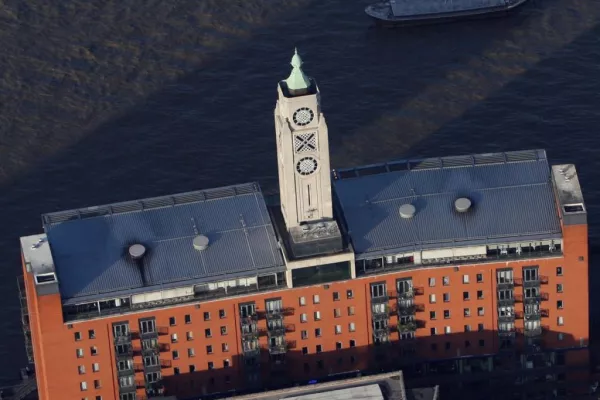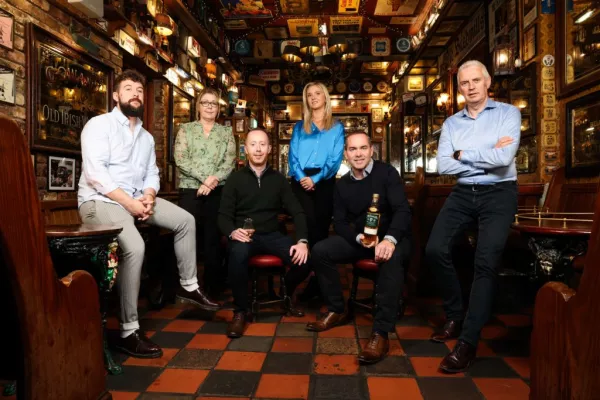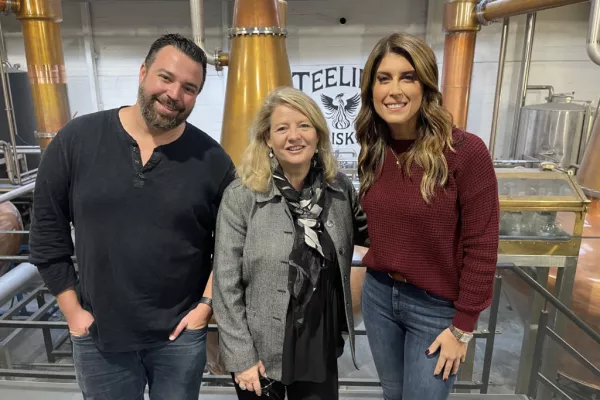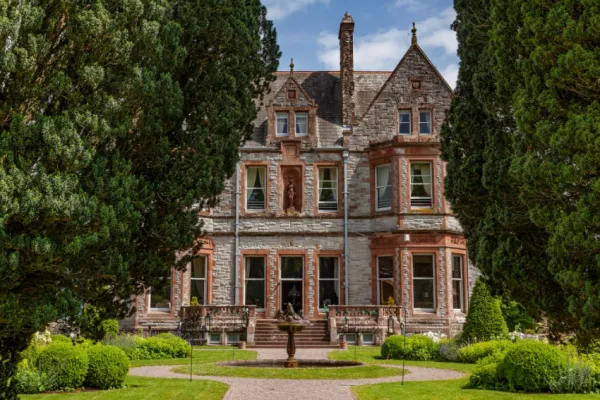Restaurant owners are becoming less adventurous in London, and some are blaming Brexit for creating a squeeze.
The number of new spinoff restaurants in London jumped in the past year to 53 from 25, while the number of new, non-chain restaurants fell to 193 from 200, according to this year’s Harden’s dining guide.
A prime example of this phenomenon is the Ivy, a highly regarded restaurant in London’s theater district, which has opened outposts in several other neighborhoods.
The Ivy “was once a stand-alone icon, now being rolled out at a rate that would do McDonald’s proud,” said Peter Harden, co-founder of the guide. One of the Ivy’s new locations landed on one of the guide’s Top 10 lists.
Meanwhile, the number of closures increased to 84 from 76, according to the guide, now in its 27th year.
“While there are many more restaurant tables in London than even a year ago, continuing a pattern of growth that has been there for many years, the traffic lights that had been green have turned to amber,” Harden said.
Chefs and restaurant owners have been worried about the effect of the U.K.’s decision to leave the European Union. The pound fell sharply after the June 2016 vote, making imported food and ingredients more expensive. Managers also say they’ve seen fewer potential workers applying for jobs.
“I can see no positives and only negatives in the impact of Brexit,” Harden said. “Every chef you talk to is worried by increasing food costs and the difficulty in recruiting staff. Many refer to it as a crisis in the industry.”
Recent high-profile casualties include Vineet Bhatia London, which had occupied the same Chelsea site since 2004. One study suggests 20 percent of restaurants are at risk.
David Moore, who owns the Michelin-starred Pied a Terre, says he has closed three restaurants since the Brexit vote, including L’Autre Pied.
“I have never known a more difficult time and I have been in this business for more than 30 years,” Moore said. “Young people are not coming over from Europe in the same numbers and that is having a serious impact. There is not a restaurant in London that is fully staffed. With the pound being so weak, too, it is scary.”
Moore said he didn’t see a lot of growth in the next three years or so.
“We’ve started to look for more British produce, and we are working on a project to use food waste to grow our own vegetables,” he said. “We are working harder for less. There is no comfort, no security.”
The guide’s restaurant rankings, based on reviews by members of the public, are little changed. The Ledbury, chef Brett Graham’s modern European restaurant in Notting Hill, leads for gastronomic experience, as it does each year. Interestingly, the Ivy Chelsea Garden enters the Top 10 for breakfast/brunch at third, behind the Wolseley and the Delaunay.
Here are some of the rankings, (with the previous year in parentheses). New entries are marked with an asterisk.
Top gastronomic experience
The Ledbury (1) Chez Bruce (3) Le Gavroche (2) Gauthier Soho (5) Clos Maggiore (-) Fera at Claridge’s (4) The Five Fields (-) La Trompette (8) Dinner by Heston Blumenthal (-) Pollen Street Social (6)
Best breakfast / brunch
The Wolseley (1) The Delaunay (2) The Ivy Chelsea Garden (-) Riding House Café (9) Caravan King’s Cross*Granger & Co* [tied] Cecconi’s (3) The Ivy Kensington Brasserie (-) Milk (-) Breakfast Club*
Most overpriced restaurant
The River Café (2) Sexy Fish (1) Gordon Ramsay (4) Oxo Tower (3) Dinner by Heston Blumenthal (-) The Chiltern Firehouse (6) Alain Ducasse (9) Le Gavroche (8) Aqua Shard (-) Hutong,The Shard (10)
Harden’s London Restaurants 2018, is available in bookshops and online.
News by Bloomberg, edited by Hospitality Ireland









